HAS-200 SE I4.0 stations
Each of the HAS-200 SE I4.0 system stations carries out part of the process. Know more about the process carried out by each of the station and the specific technologies in each station.
Each of the HAS-200 SE I4.0 system stations carries out part of the process. Know more about the process carried out by each of the station and the specific technologies in each station.
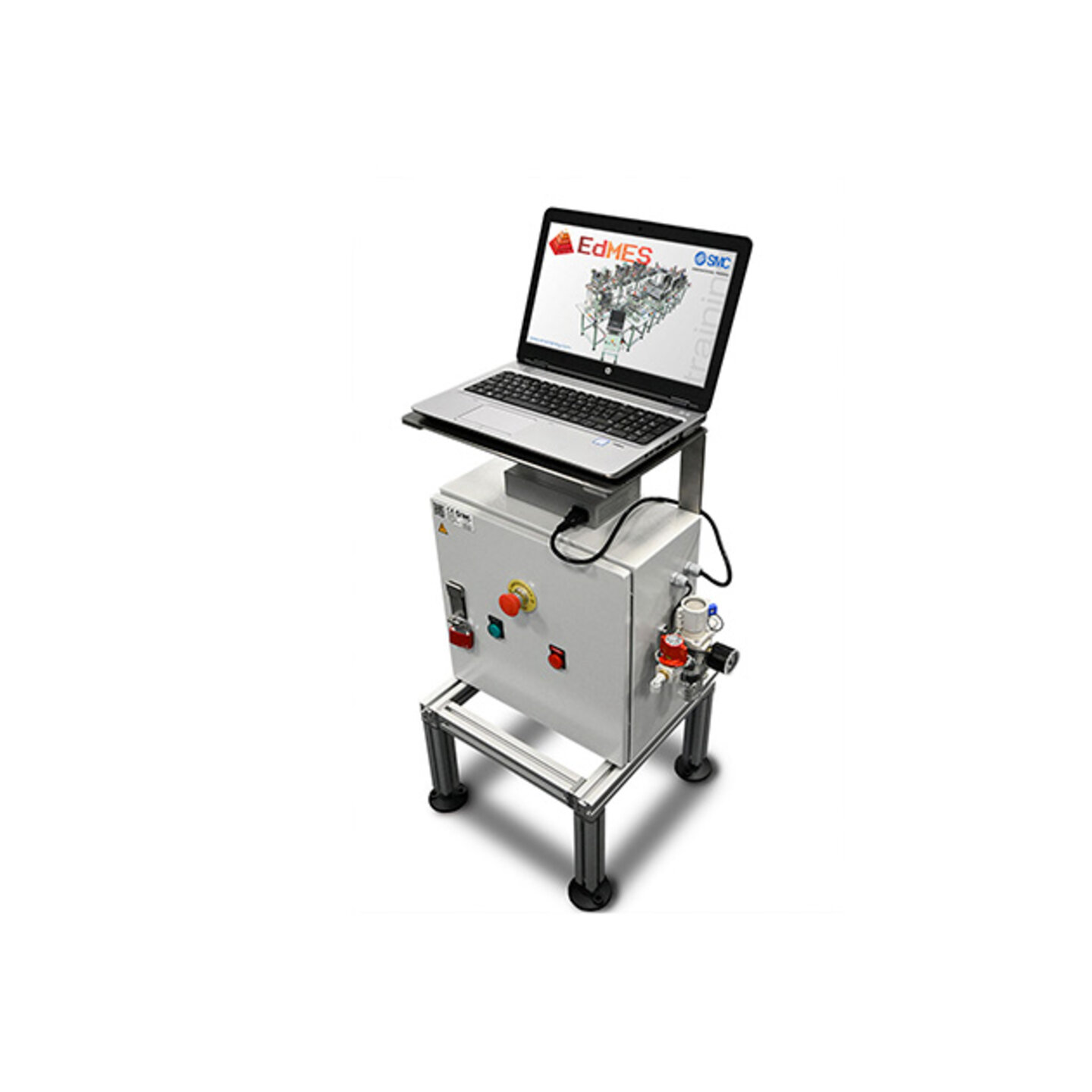
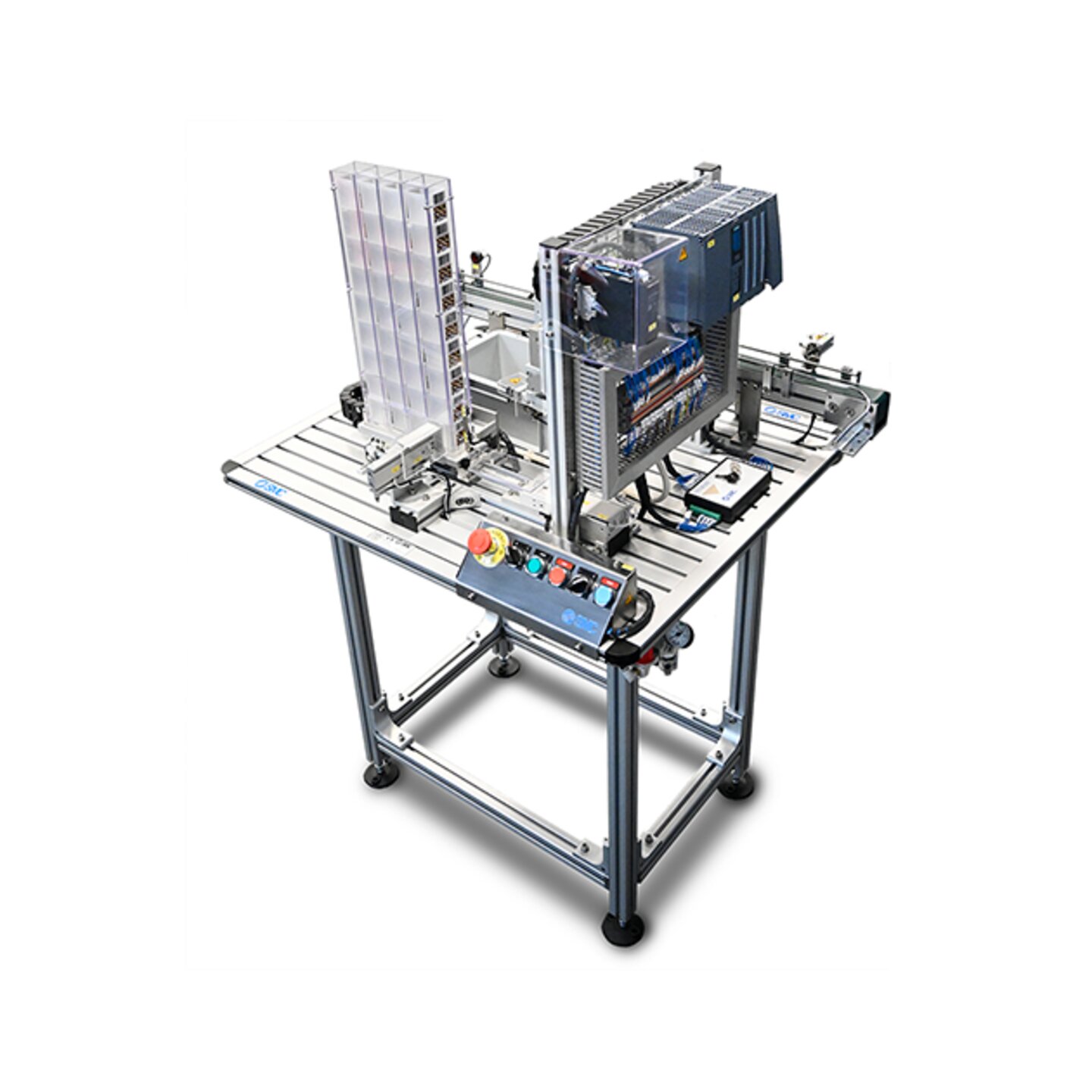
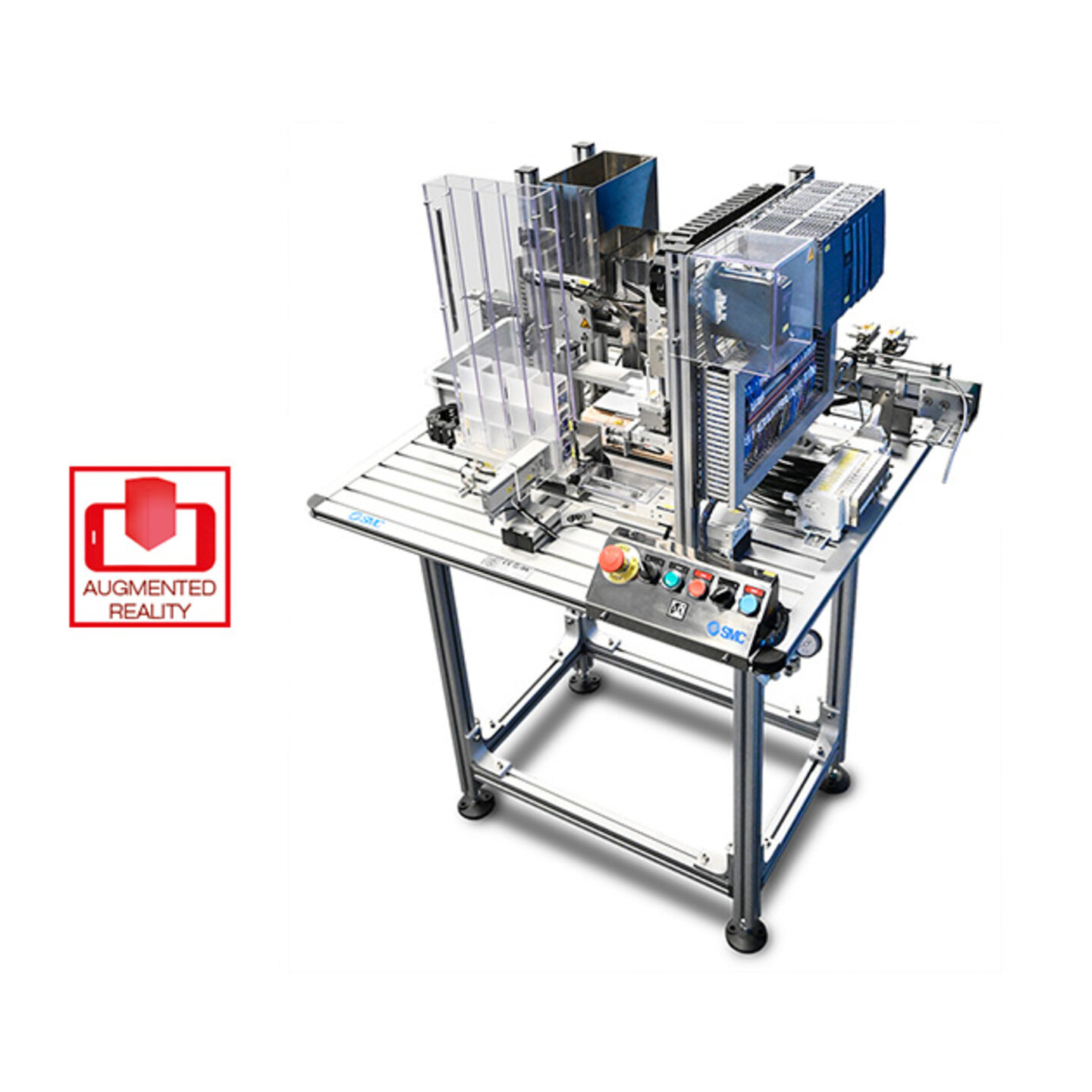
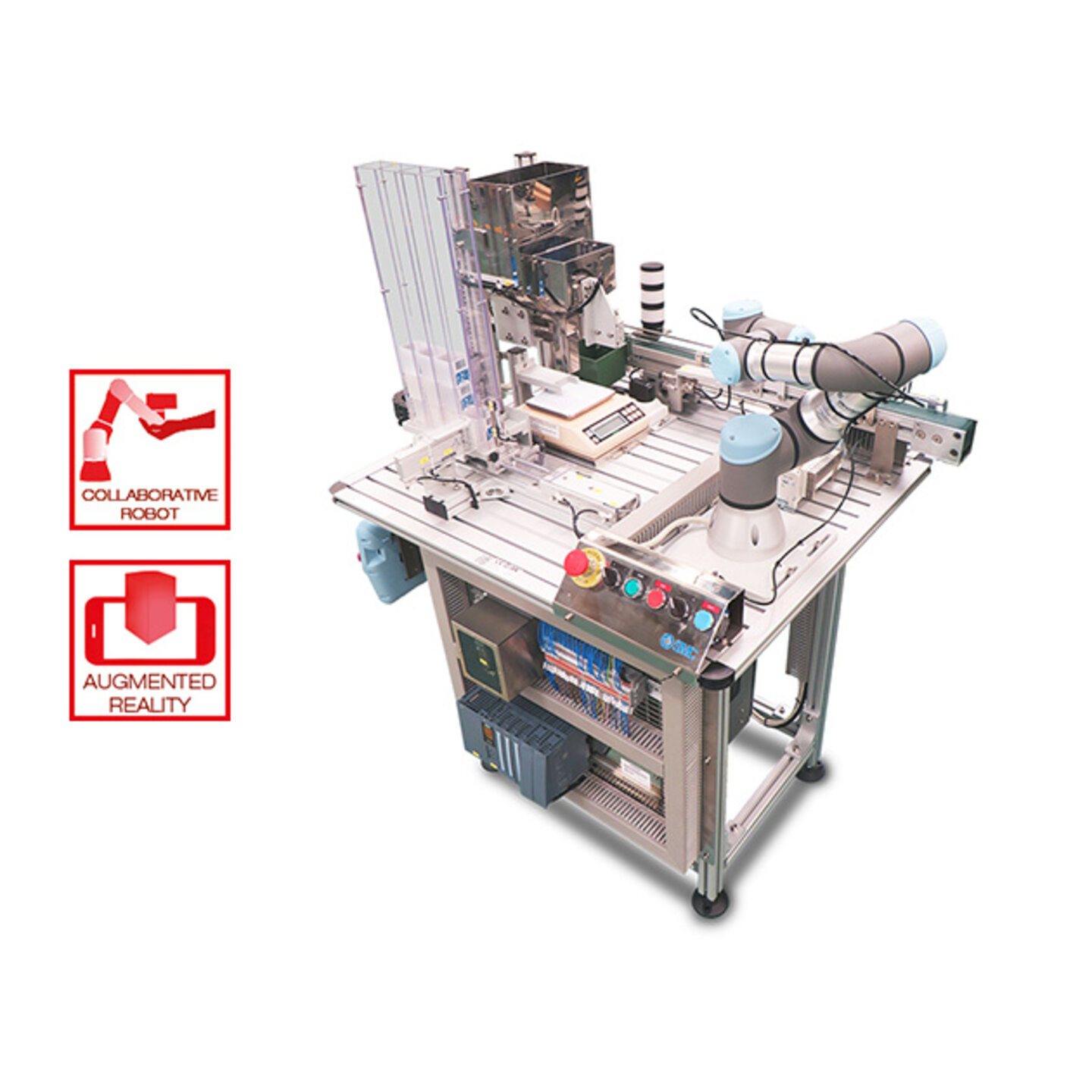
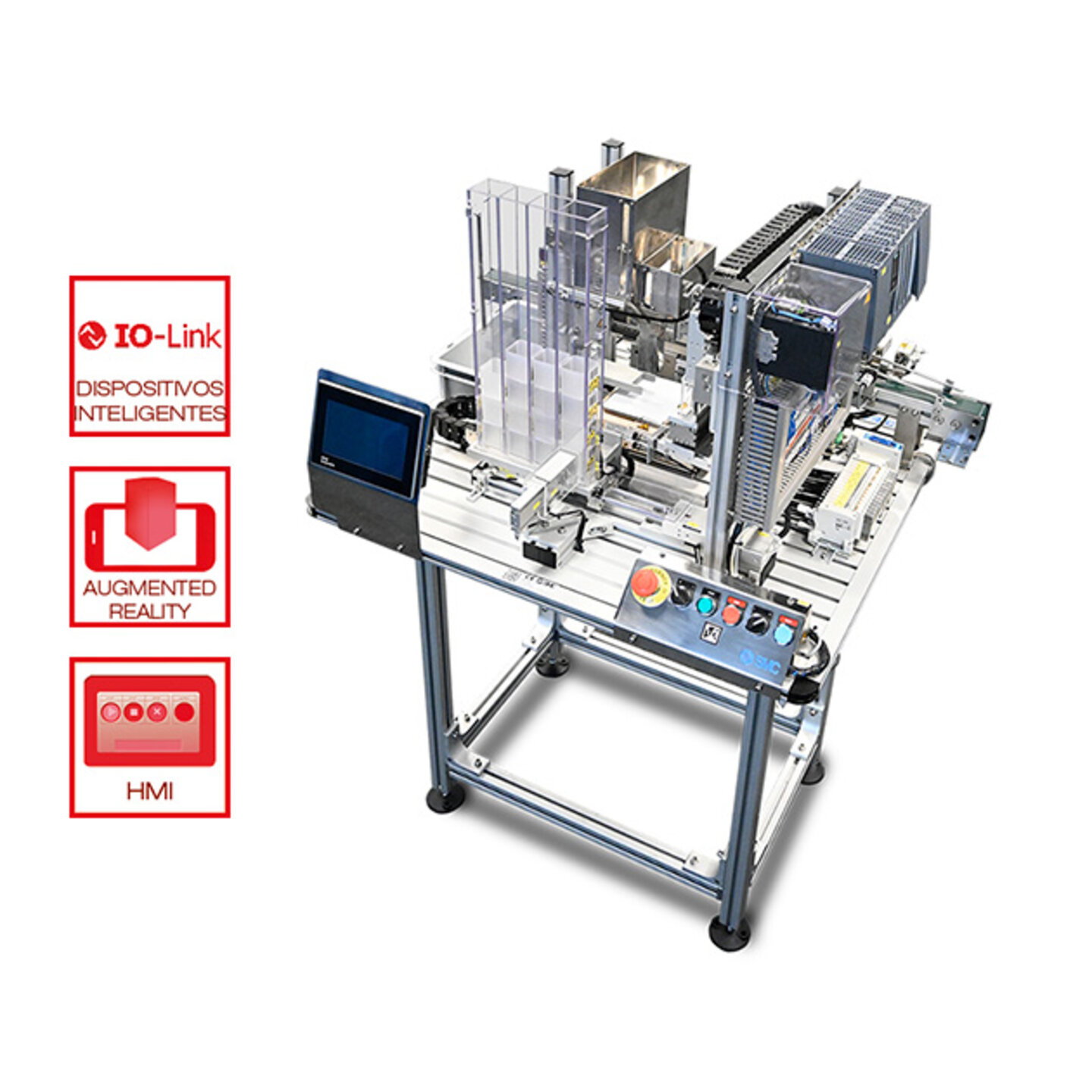
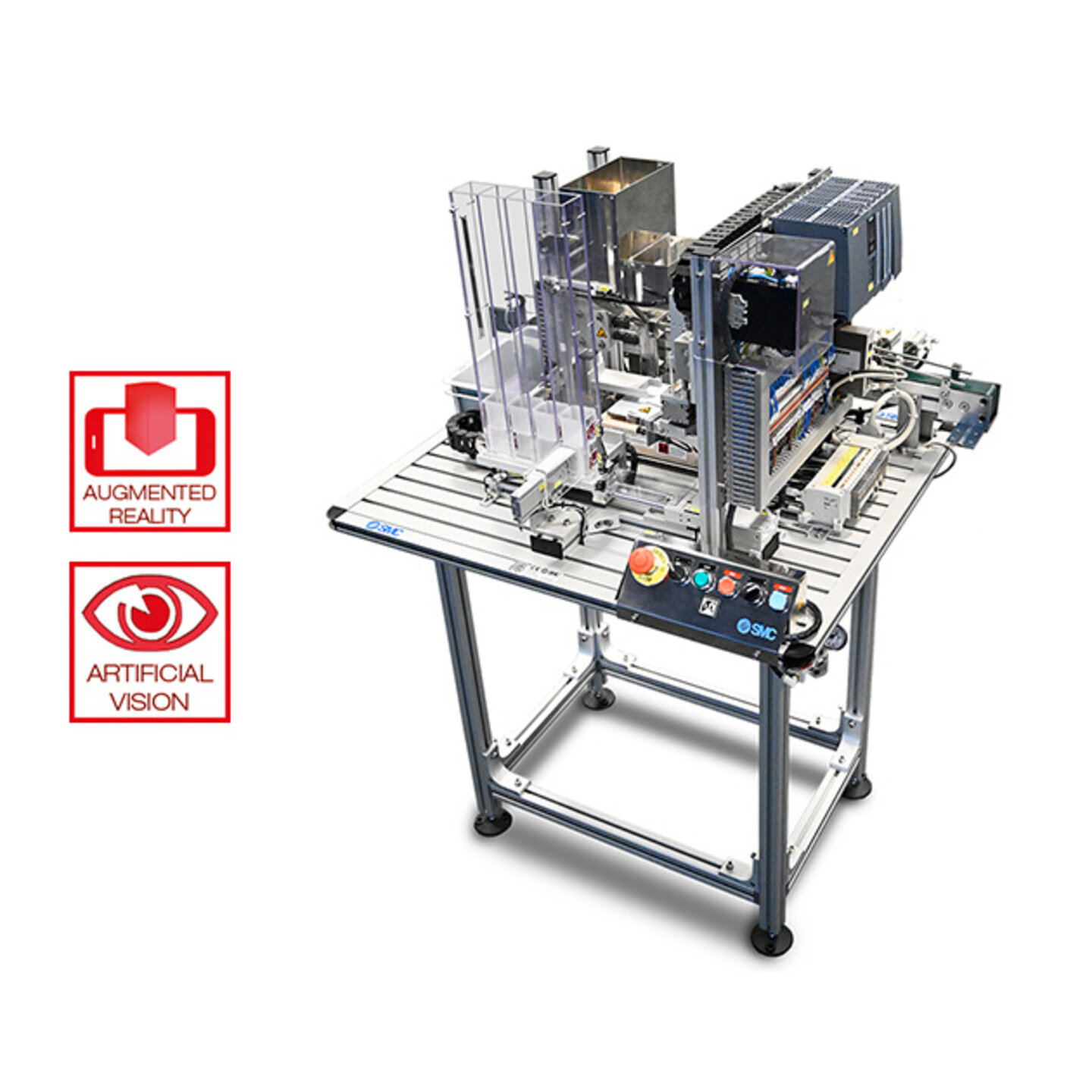
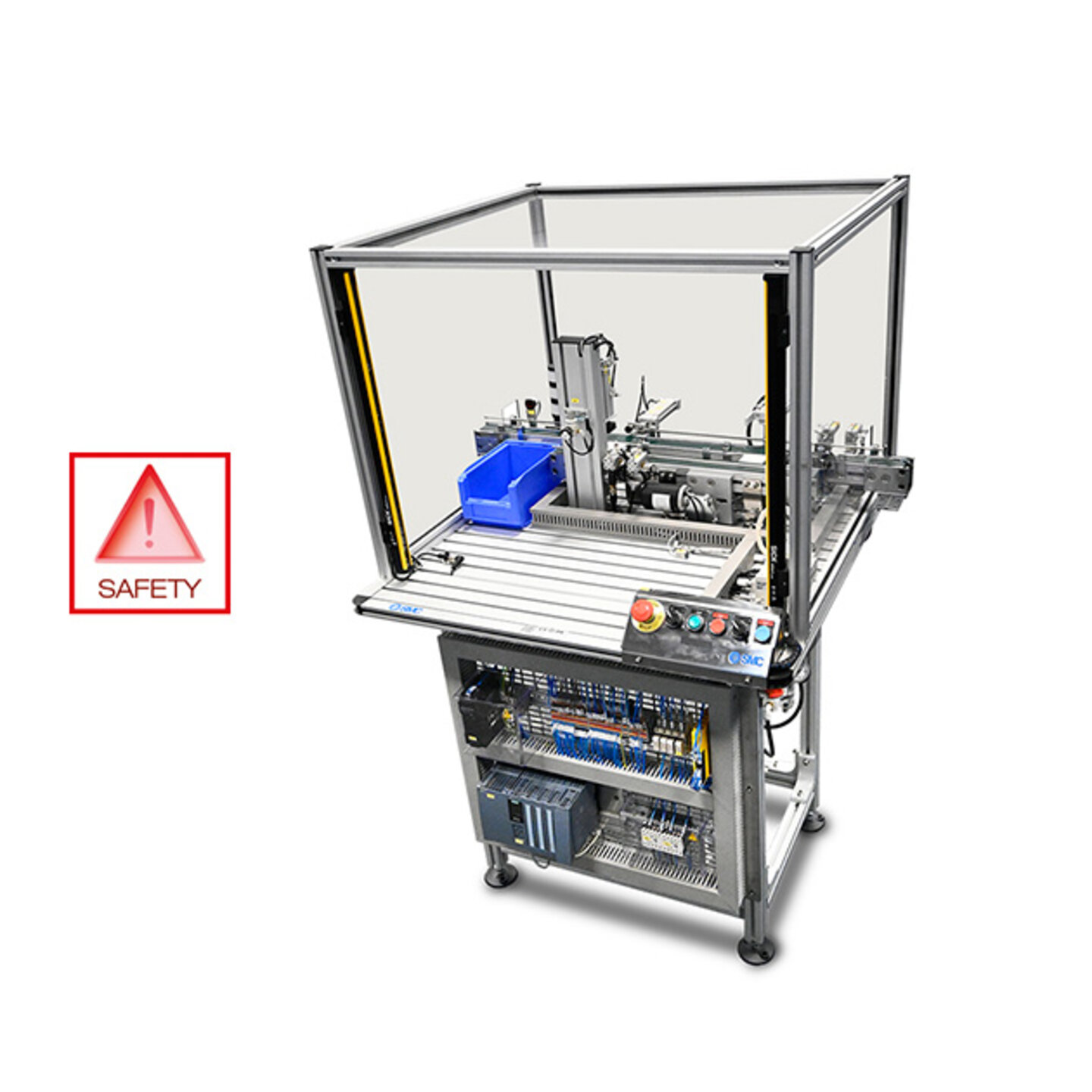
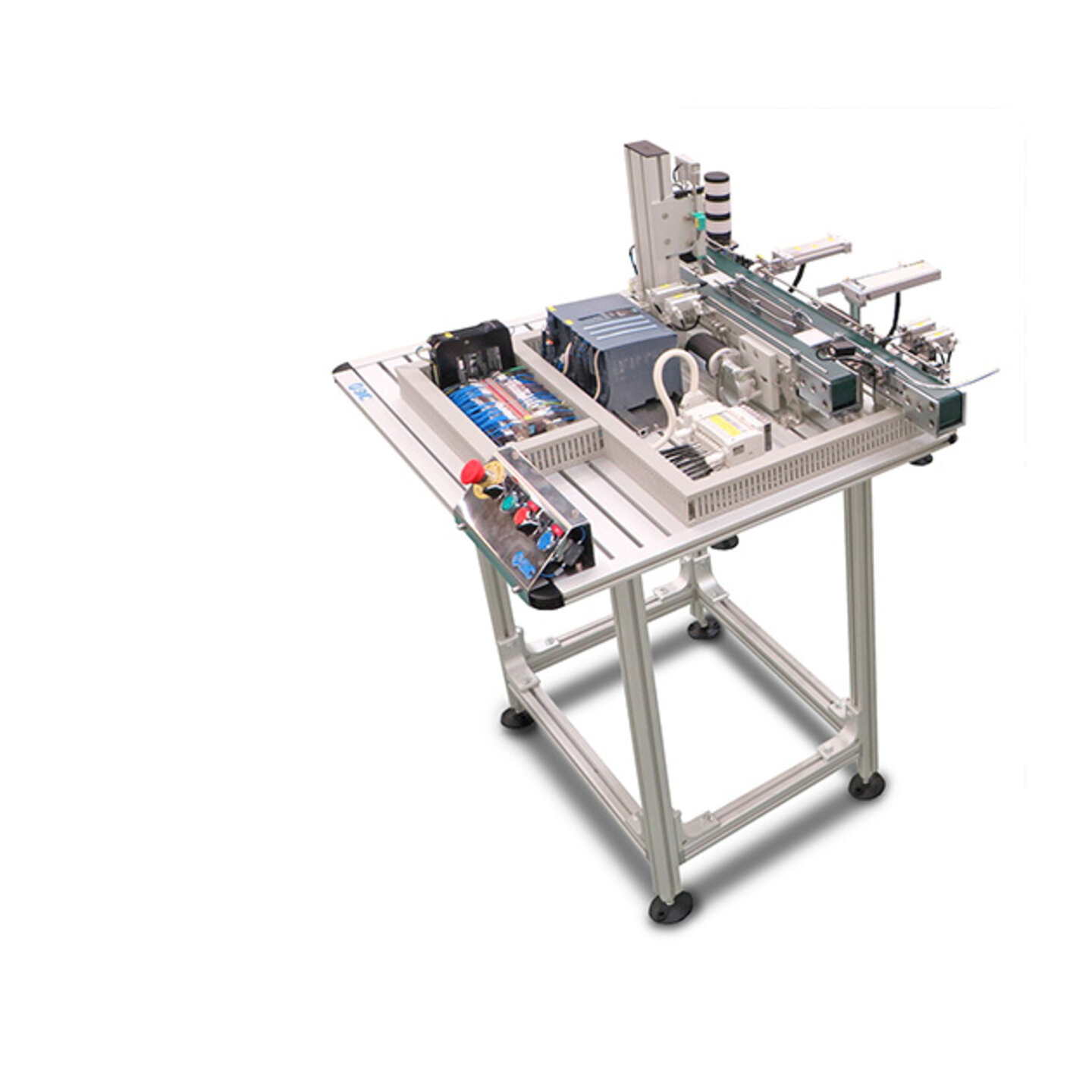
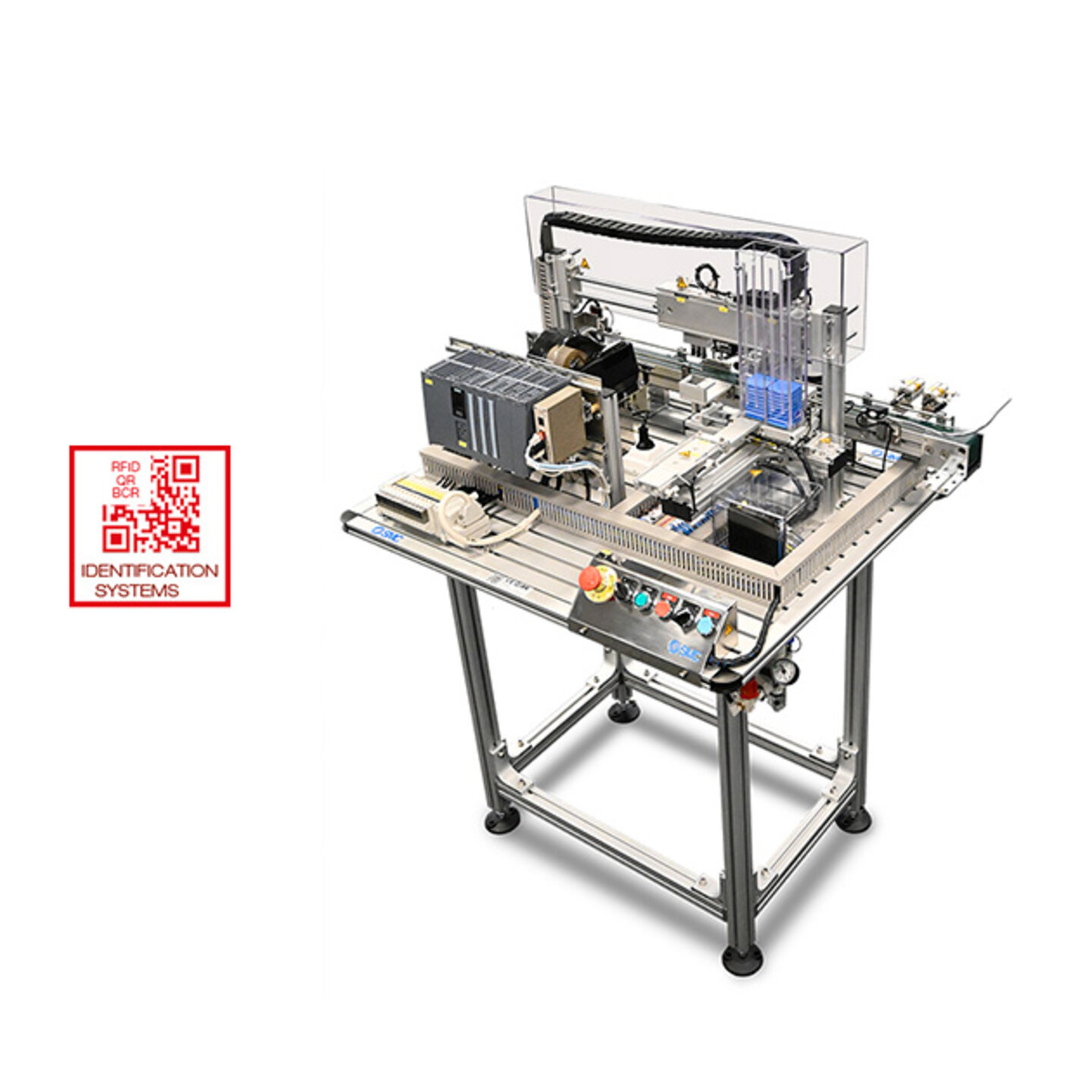
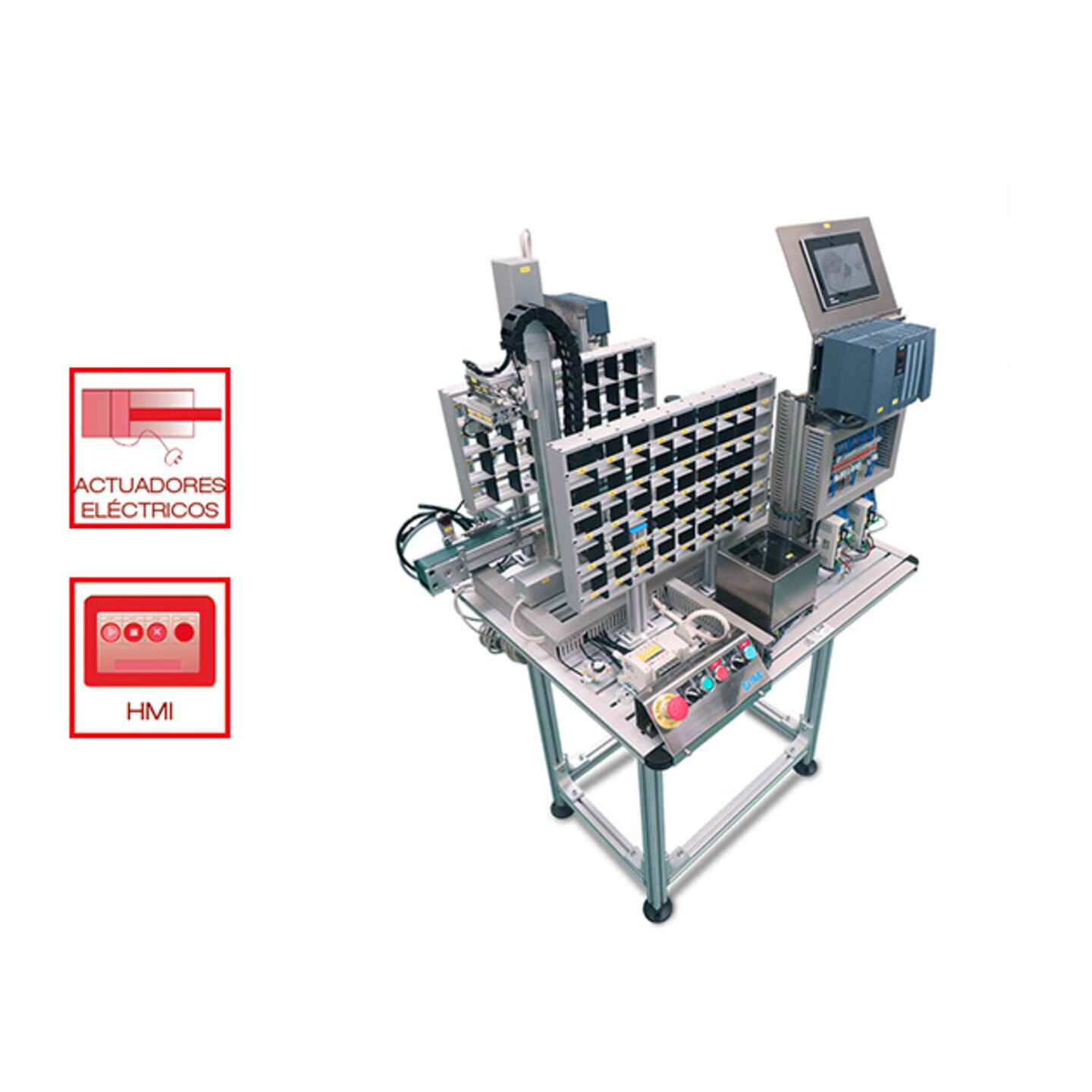
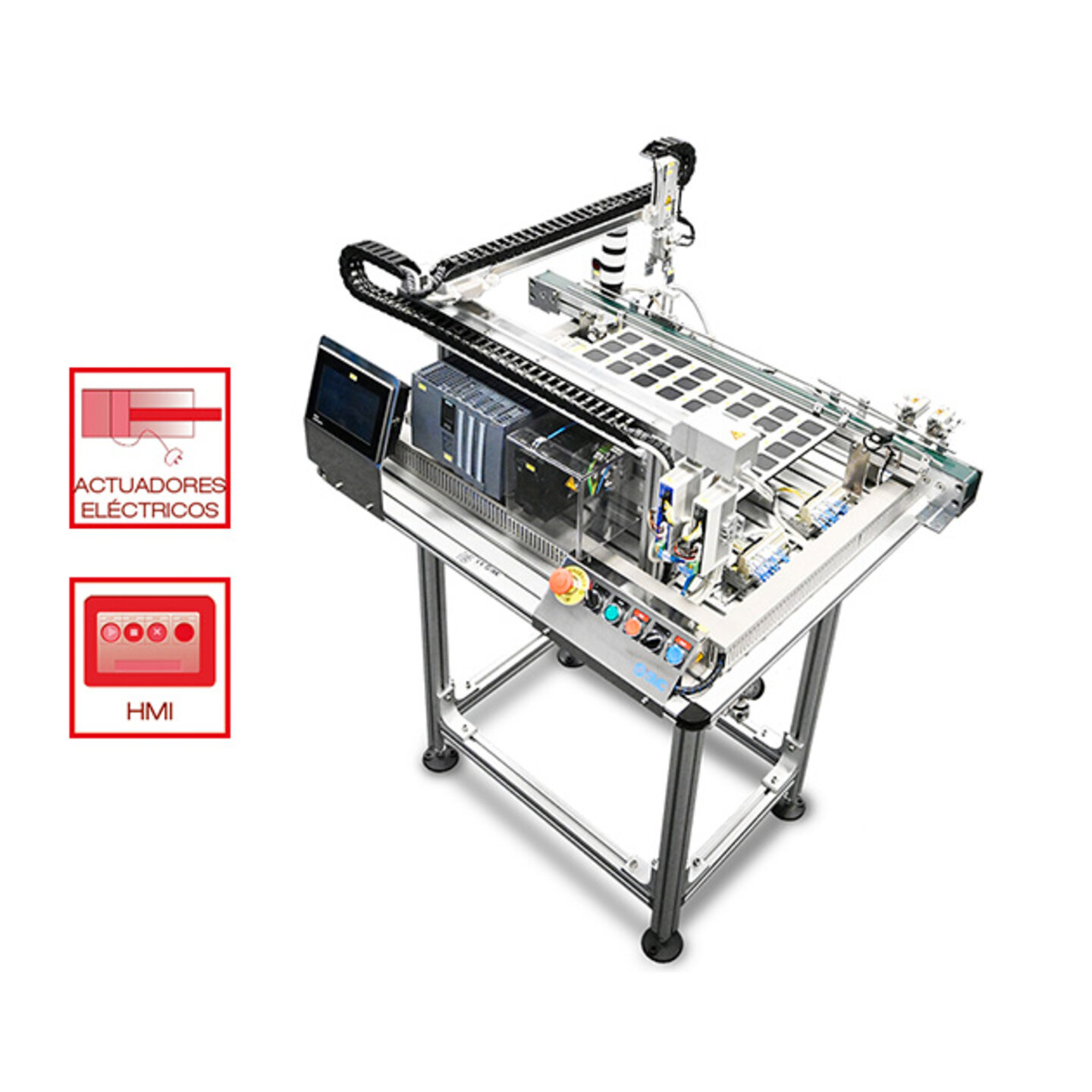
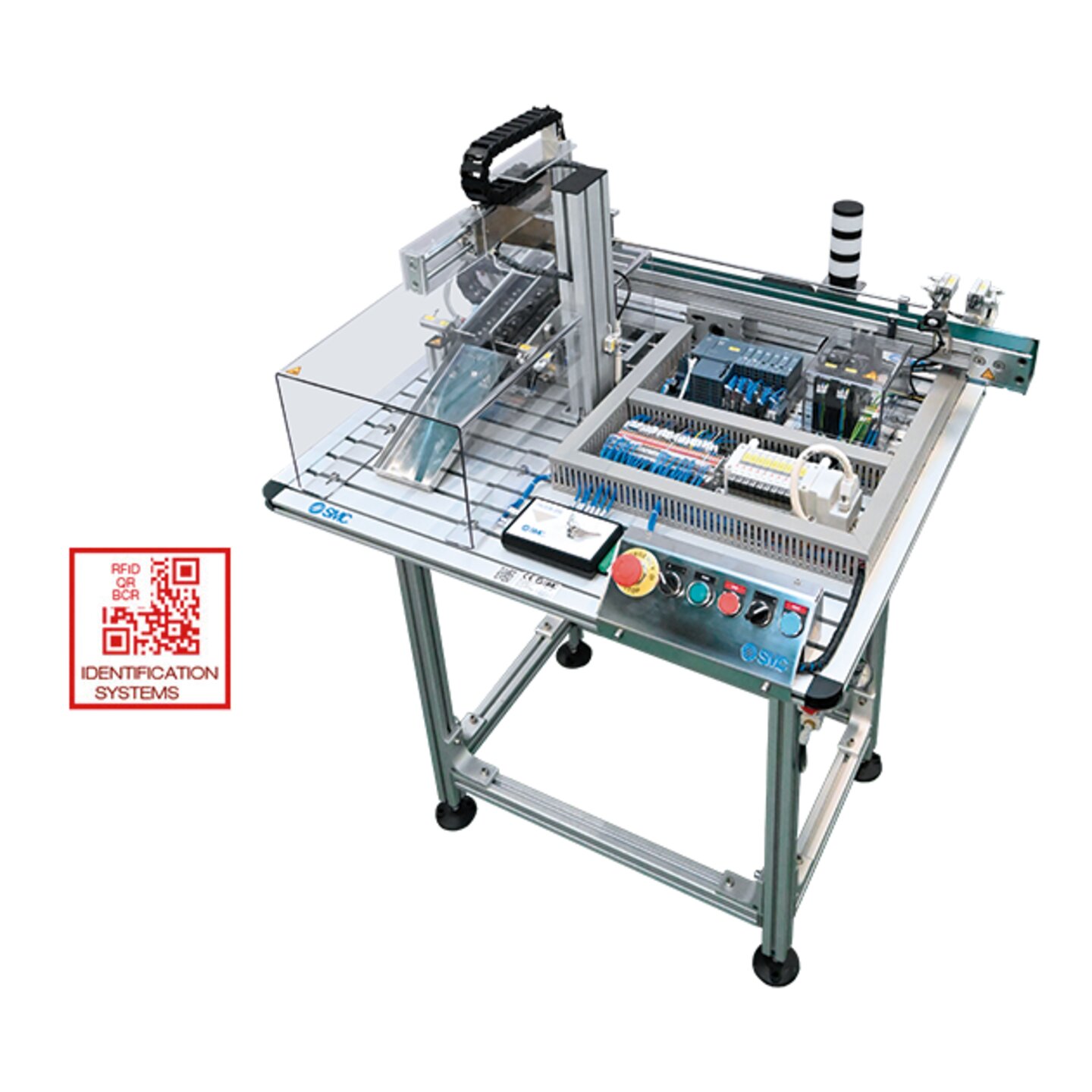
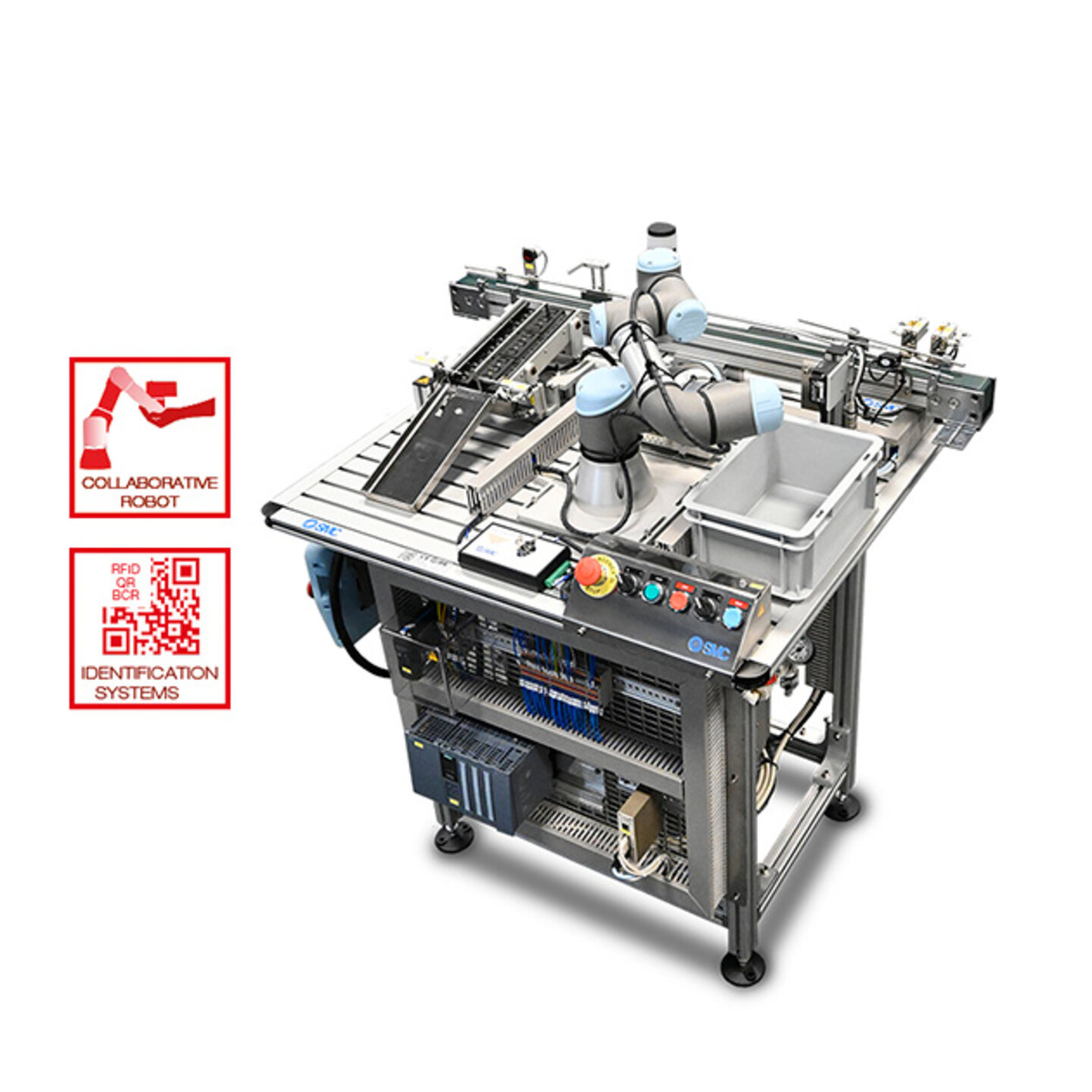
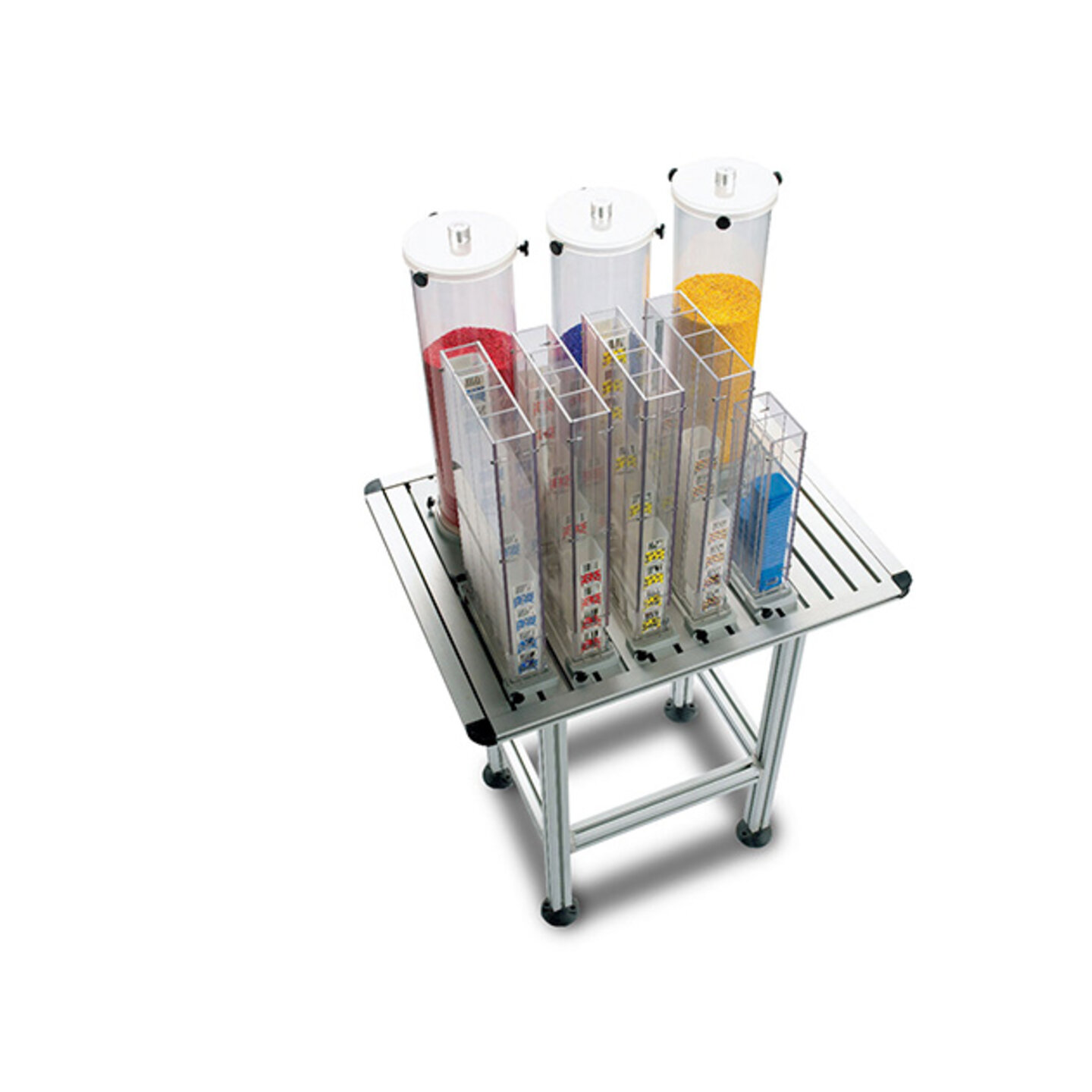
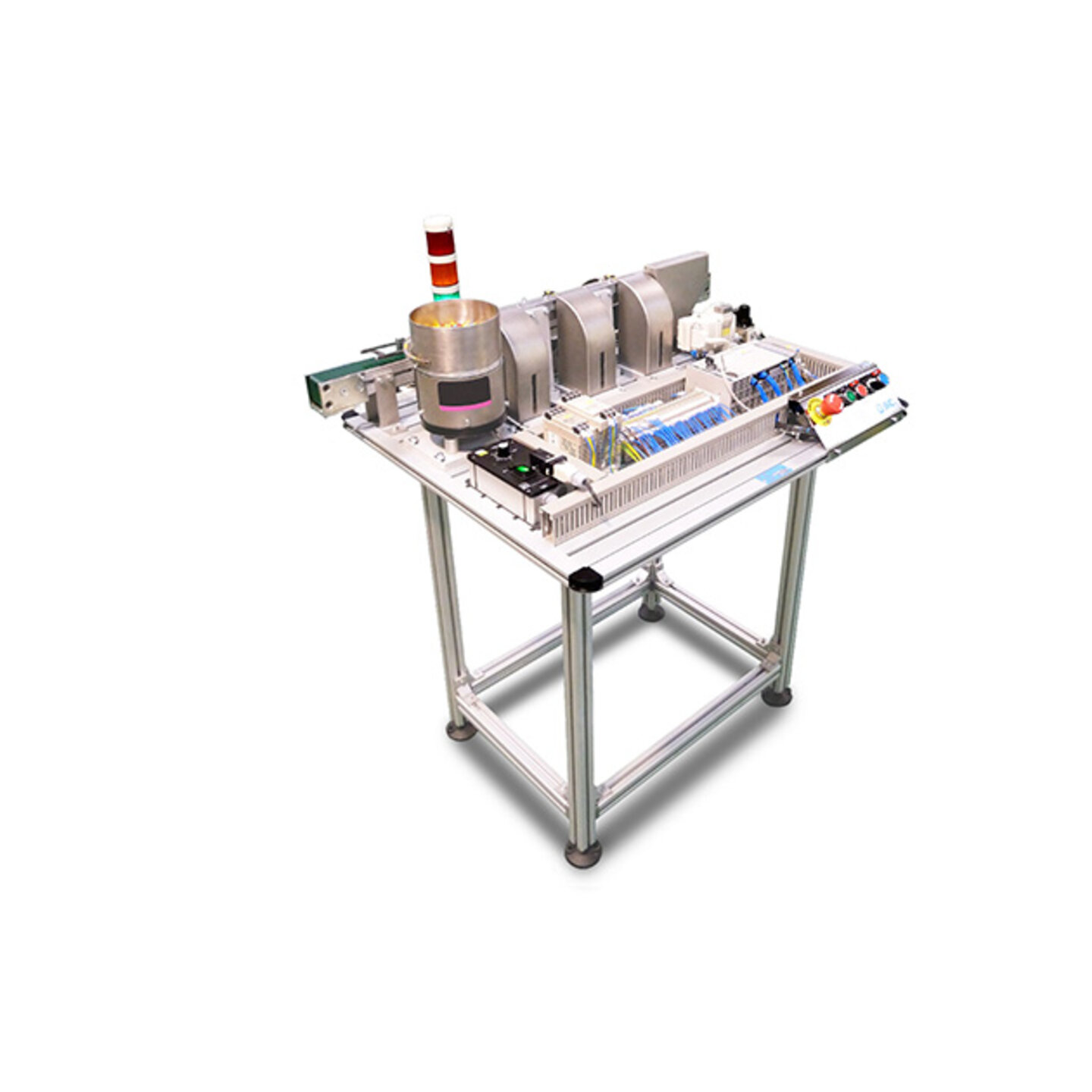
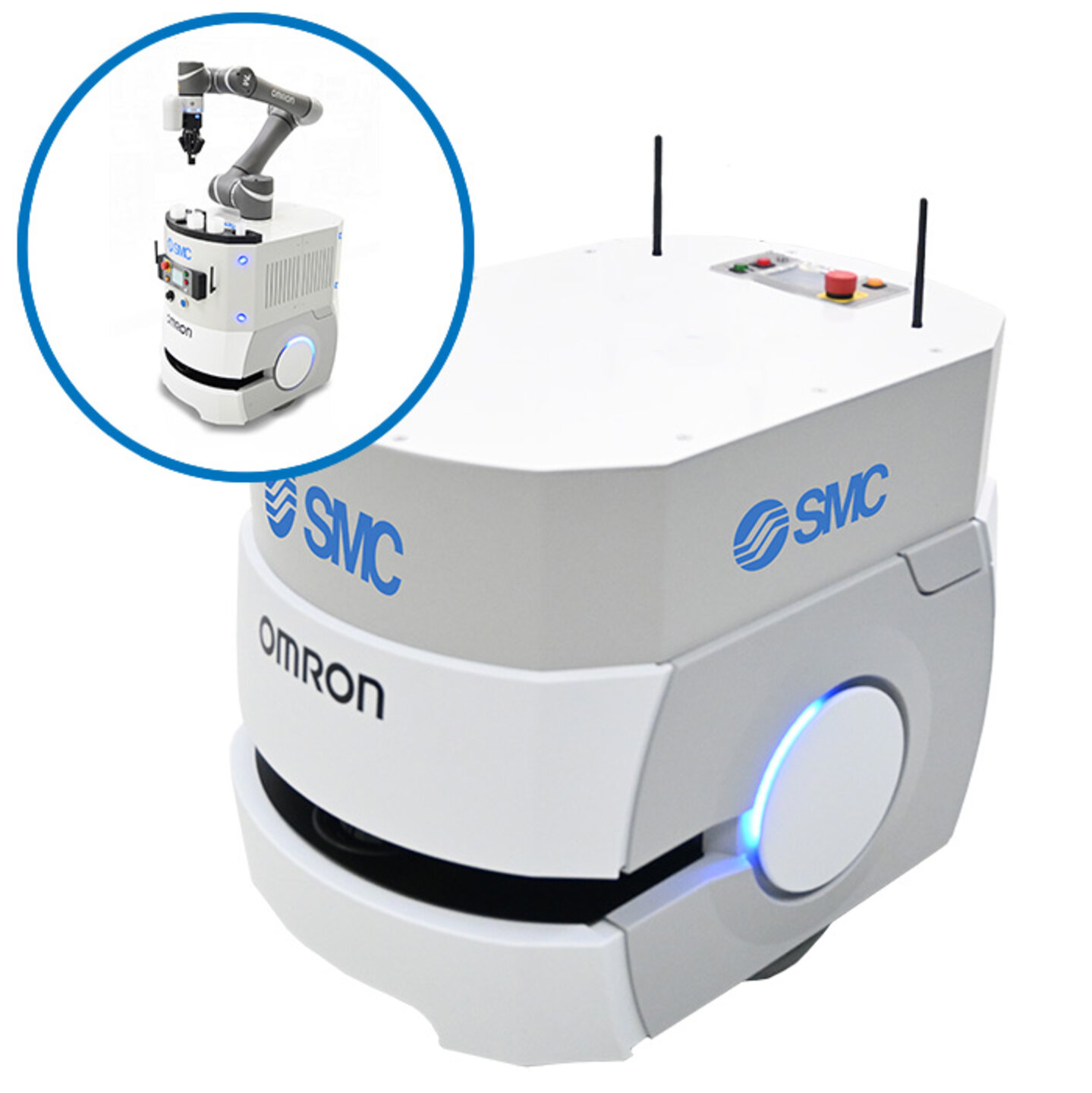
Elije la opción que mejor se adapte a tus necesidades y descubre cómo configurar tus referencias.